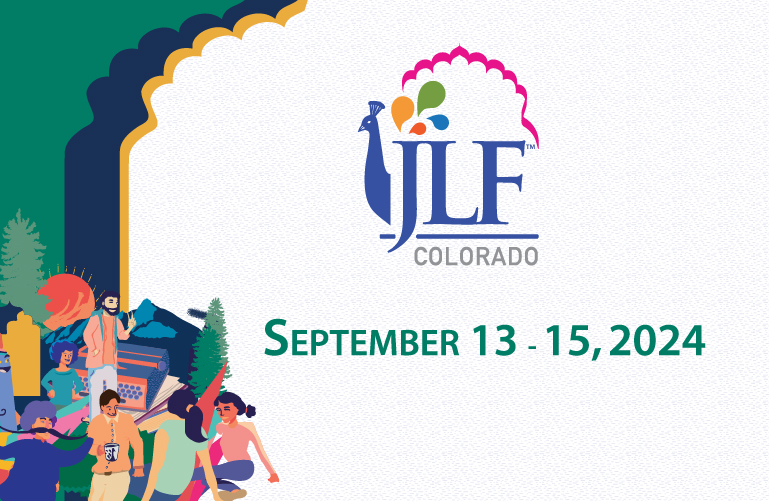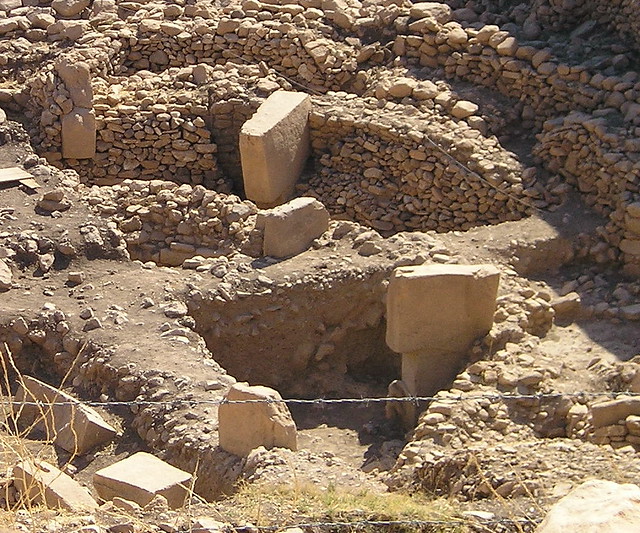


Of Myths, Metaphors and Meanings
On the south-eastern edge of the vast Anatolian plateau lies the gargantuan structures of Gobeklitepe. Sometimes described as the “world’s first temple”, this pre-historic complex of massive T-pillar buildings, built between 9500-8000 BC is still to yield all its mysteries. The very description of the site as a “temple” is fiercely contested as this was built by Stone Age communities living as hunter-gatherers in scattered tribes - there is no evidence of domestication of animals or wheat, no evidence of settled communities, no evidence of deities or clergy or any other form of divine worship. The question that naturally arises therefore is, “What brought together such large groups of people to engage in this massive collective enterprise?” It is of course evident that these buildings had an important ritual significance. Wandering about the site, marveling at the numerous depictions of animals, humans and other symbols, some immediately recognizable despite the passage of 12,000 years, a further answer suggests itself. Around the carved T-pillars, thought to be depictions of the human form, are rings of stones that resemble seats. It is not hard to imagine large gatherings of people, seated on these seats, their faces illuminated by the flickering light of fire, engaged in animated discussions about local traditions and identity, about symbols and their meaning. Or perhaps there was hushed silence as the storyteller of the community interpreted the carved signs for the benefit of the uninitiated? It is natural to conclude that there existed a belief system that sought to explain the world to its members, through sculptures, signs and symbols.
Since pre-historic times, humans have engaged in such an enterprise. To answer existential questions, “Who are we?” and “How did we get here?”, a complex and intricate system of beliefs, anchored and perpetuated through myths, encoded in signs and symbols, developed simultaneously in various parts of the world. From the Greek ‘mythos’ for story of the people and ‘logos’ for word or speech, mythology is the study and interpretation of myths - the tales and stories of a culture, often sacred in nature. Myths are narratives that are meant to convey profound truths through metaphors and symbols; they are sometimes also historical.
Amongst the earliest known myths are creation or cosmogonic myths about the creation of the world and people. Common motifs reappearing in these stories across the world are used by mythologists for classification. In some cultures, creation is conceived as being through the thought, word or dream of a divine being. This idea is found in the myths of ancient Sumer and Egypt, the Rig Veda, cultures in Africa, Asia, Oceania and North America. The Genesis creation myth from the first chapter of the Book of Genesis conceives of creation from chaos. Sometimes a series of worlds are passed through before the progenitor reaches the present world. This genre is most commonly found in Hopi and Mayan cultures. Characterised as Earth Diver creation myths, amongst the Ainu and Cherokee of Native America and also amongst the Chukchi and Yukaghir, the Tatars and many Finno-Ugrian people of Northeast Europe and North Asia, a diver sent by a divine being plunges through a primordial ocean to bring up mud to form terrestrial life. In some traditions, a primordial being is dismembered to generate creation, such as in the Norse creation myth. The motif of the cosmic egg that is cracked to birth creation is found in creation narratives from Japan and China, the Chandogya Upanishad and the Greek Orphic texts. Primordiality, dualisms and antagonisms, creation and sacrifice are common themes from myths across different cultures.
To explain the prevalence of common motifs and themes amongst myths in diverse parts of the world, Carl Jung put forth the idea of the “collective unconscious” - core ideas that are part of the human species. He said, “Myths are original revelations of the preconscious psyche, involuntary statements about unconscious psychic happenings, and anything but allegories of physical processes”. Myths are a projection of the collective unconscious and reflect universal concerns. Moreover, certain archetypes appear as involuntary manifestations of the collective unconscious in individuals. These could be archetypal events (birth, death, separation from parents, initiation, marriage), archetypal figures (great mother, father, child, devil, god, trickster, hero, wise old man or woman) or archetypal motifs ( the apocalypse, the deluge, the creation). Jung has been criticized for a lack of specificity that can be rigorously researched and also for reductionist stereotyping. Critics have also argued that viewing myths through the prism of archetypes displaces them from their cultural context and places them at a crucial negotiating point, that of power and politics between the colonizer and the colonized.
For centuries, humans relied on myths to understand and explain the universe. Nurtured and narrated by unnamed sages and savants, the word ‘myth’ carried a far different meaning than its contemporary connotation whence it has come to mean a tall tale, a fable or a legend. It is said that before Newton, humans understood the world through myths; after Newton, explanations and understandings relied on mechanics. Nonetheless, myths continue to fascinate us and find contemporary resonance in pop culture, books, art and media.

Leave a comment